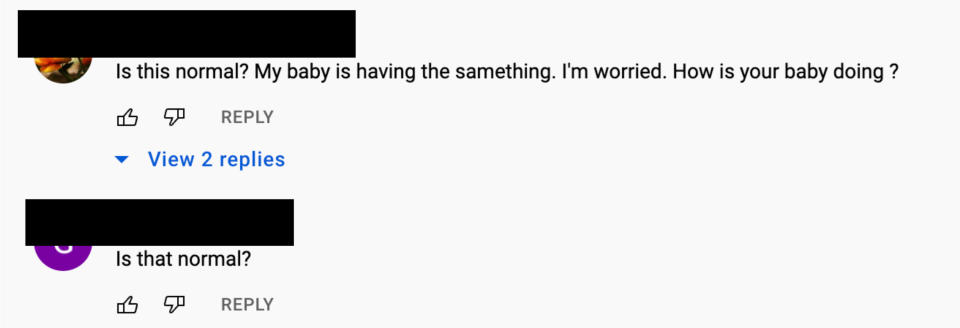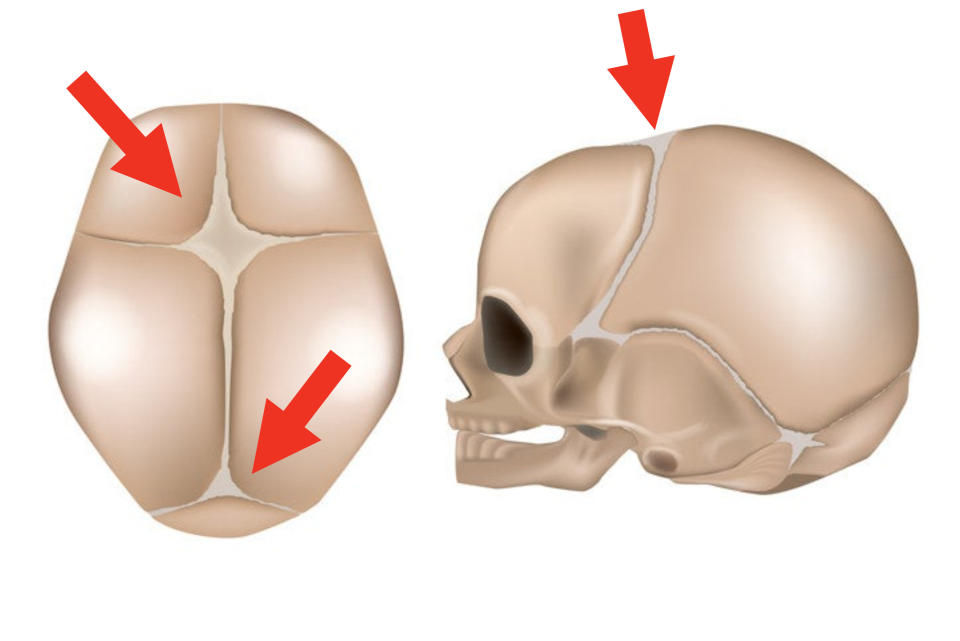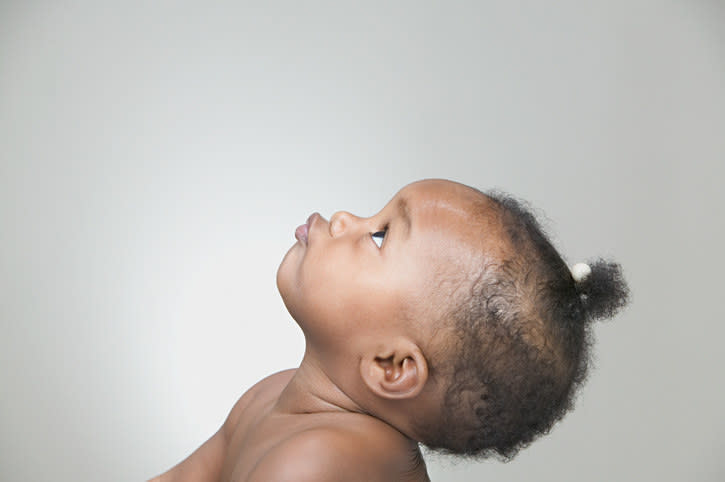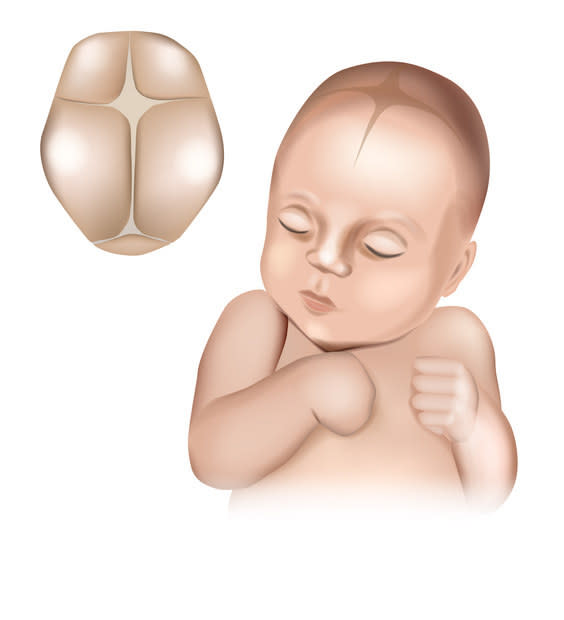People Are Freaking Out Over This Baby's Pulsing Head — Here's What It Actually Is
Nearly 11 million people have lost their minds after a mom shared this TikTok of the top of her baby's head pulsing.
Fox
If you missed the link above, HERE – WATCH IT HERE.
ABC
And if you still haven't checked out the video, it looks something like this:
So many people had no clue what they were witnessing.

And they were a little frightened.

It was speculated that THIS is the reason baby hats exist.

And those who DID know what it was admitted that they want to poke it.

On both YouTube and TikTok, it's pretty apparent that a lot of people don't know how to react to the pulsating spot on babies' heads or what it even is.

SO HAVE NO FEAR: WE ARE HERE WITH ANSWERS!!!
Bravo
To get more information on what you've just witnessed, BuzzFeed spoke to Dr. Amna Husain, MD, IBCLC Board Certified Pediatrician and Lactation Consultant. She is the owner and medical director of Pure Direct Pediatrics and has been practicing for seven years.
If you didn't already know, when babies are born, their skulls aren't completely fused together. So, it has two soft spots — which are the fontanel spaces between the skull bones — as you can see in the image below.

"The fontanels allow for normal brain and skull growth for an infant. Typically, the anterior (front) fontanel closes before two years of age, and the posterior (back) fontanel closes before two months of age," explained Dr. Husain.

The soft spot also makes vaginal childbirth easier because it allows the skull to be moldable as the baby exits the birth canal.
So, how cautious do you need to be when it comes to the soft spot? Dr. Husain said that, in general, you should be the most careful during the first month of a baby's life. "If the fontanel were to get 'poked' or sustain any kind of opening, the risk of infection is high as the meninges and brain underlie the area. Immediate medical attention would be warranted."

"You should be careful with an infant's head, as they are unable to support their head on their own and will need to be supported. I also recommend parents be careful of where they put their child down to rest and make sure a hand is always on the baby to prevent the risk of falls and injuries to the skull," she added.
On to the discussion at hand... WHY DOES IT PULSE?! Well, it's pretty straightforward: You are seeing a visible pulsing of blood that is synched up to the baby's heartbeat — and it's really, really common! Dr. Husain said that the pulsing can be really prominent in crying or agitated babies.

"The fontanel is also something that pediatricians assess for hydration. A bulging or depressed fontanelle is important to note, as they can be associated with high intracranial pressure or, respectively, dehydration," Dr. Husain explained.

"We can also use the fontanel in the first few months of life via imaging methods like sonography to assess the infant's brain and spaces within the brain."
Need the tl;dr?! Basically, the soft spots are the areas on a baby's head where the skull has not fully fused together yet. And these spots — especially the one toward the front — pulse because they directly correspond with the blood flow to the heart... And you should NEVER poke them!

That concludes our educational baby lesson for today.
Prime Video

